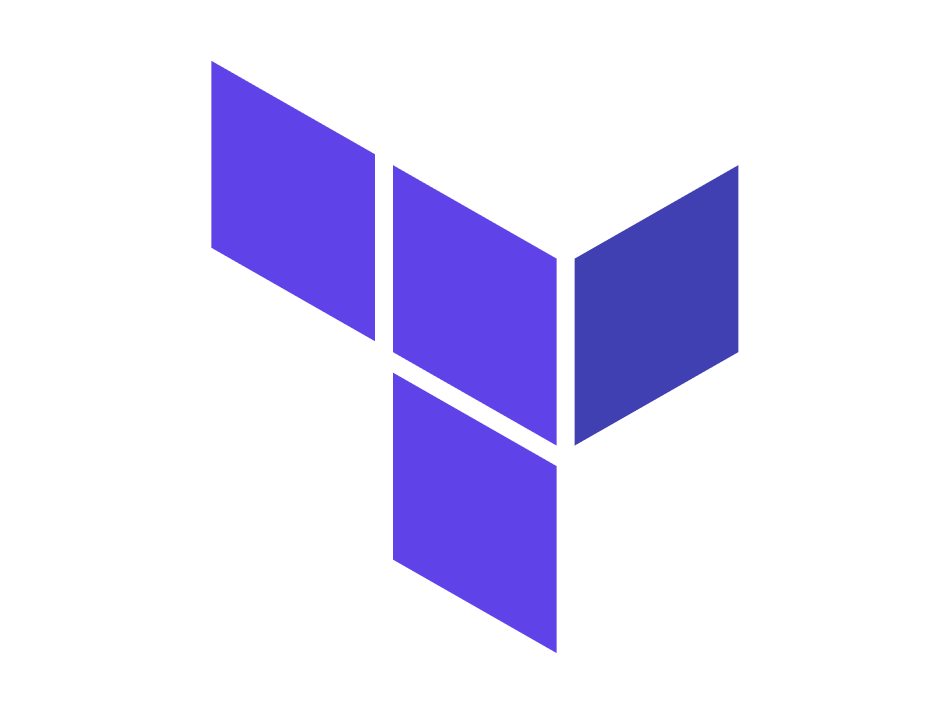What is Terraform?

Hire Arrive
Technology
about 1 year ago

Terraform is an open-source infrastructure-as-code (IaC) software tool created by HashiCorp. It allows you to define and provision infrastructure resources across a variety of cloud providers, on-premises solutions, and other services using a declarative configuration language called HashiCorp Configuration Language (HCL). Instead of manually configuring servers, networks, and other components through web interfaces, you write code that describes the desired state of your infrastructure. Terraform then compares that desired state to the actual state and makes the necessary changes to achieve the desired configuration.
Think of it like this: you have a blueprint (your Terraform code) for a house. Instead of building the house manually, you give the blueprint to a contractor (Terraform). The contractor compares the blueprint to the existing site and builds or modifies the house (infrastructure) to match the blueprint.
Key Features and Benefits:
* Declarative Configuration: You describe *what* you want, not *how* to achieve it. Terraform figures out the steps needed. This simplifies management and reduces errors. * Multi-Cloud and Multi-Platform Support: Terraform works with a wide range of providers, including AWS, Azure, Google Cloud Platform (GCP), Alibaba Cloud, and many others. It also supports on-premises solutions and various SaaS offerings. * Version Control: Your infrastructure configurations are stored as code in version control systems like Git, enabling collaboration, tracking changes, and easy rollbacks. * State Management: Terraform maintains a state file that tracks the current infrastructure. This allows Terraform to understand the existing infrastructure and make only the necessary changes. * Automation: Terraform automates the provisioning, modification, and destruction of infrastructure, significantly reducing manual effort and potential human error. * Modularity and Reusability: You can create reusable modules to manage common infrastructure components, promoting consistency and efficiency. * Idempotency: Running the same Terraform configuration multiple times will produce the same result, ensuring consistency and predictability.
How Terraform Works:
1. Write your configuration: You write HCL code defining the infrastructure you need. This includes resources like virtual machines, networks, databases, and security groups. 2. Initialize: You run `terraform init` to download the necessary providers and plugins. 3. Plan: You run `terraform plan` to see what changes Terraform will make before applying them. This allows you to review the changes and avoid unintended consequences. 4. Apply: You run `terraform apply` to make the changes to your infrastructure. 5. Destroy: When you no longer need the infrastructure, you run `terraform destroy` to safely remove it.
Use Cases:
Terraform is used across a wide range of scenarios, including:
* Cloud Infrastructure Provisioning: Setting up virtual machines, networks, databases, and other cloud resources. * On-premises Infrastructure Management: Managing servers, networks, and other on-premises components. * DevOps Automation: Automating the creation and management of development and testing environments. * Continuous Integration/Continuous Delivery (CI/CD): Integrating Terraform into CI/CD pipelines to automate infrastructure deployments. * Multi-cloud deployments: Managing infrastructure across multiple cloud providers.
In Conclusion:
Terraform is a powerful and versatile tool for managing infrastructure as code. Its declarative approach, multi-provider support, and robust features make it a valuable asset for organizations of all sizes seeking to automate and streamline their infrastructure management processes. By adopting Terraform, you can improve efficiency, reduce errors, and increase the consistency and reliability of your infrastructure.